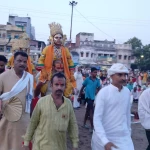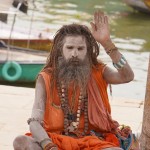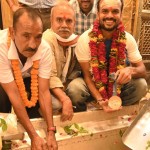The Department of Dharmavidya Vigyan at BHU, along with the Central Brahmin Association and scholars of Kashi, have come forward to debunk the myths surrounding Manikarnika and Harishchandra Ghats. After thorough study of the Kashi Khand and 18 Puranas, it has been revealed that Manikarnika and Harishchandra Ghats are not the original sites of importance they've been believed to be.
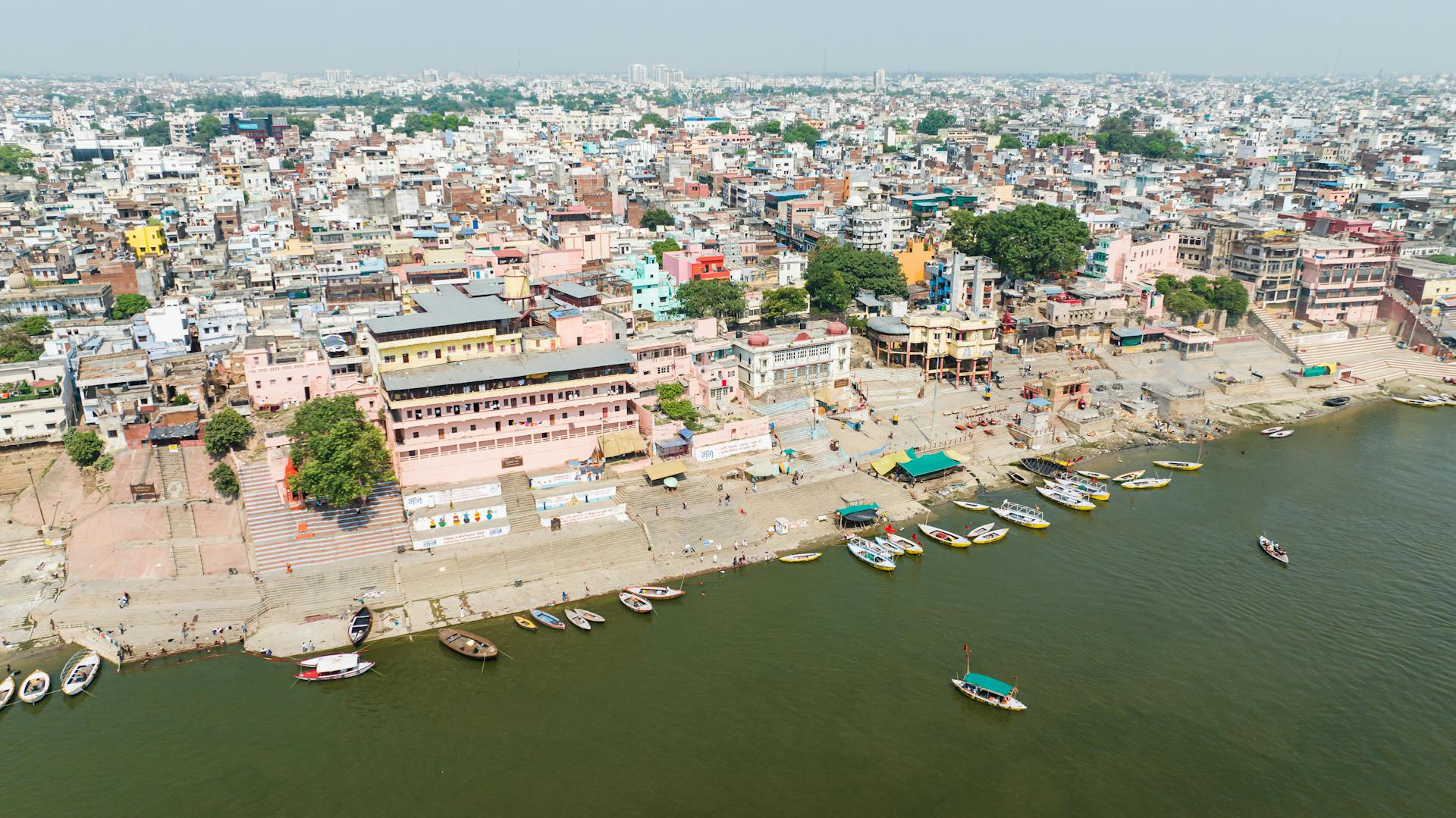
Manikarnika Ghat is not the Adi Teerth of Kashi. According to the findings, the true Mahashmashan of Kashi lies at Jalasen Ghat within the Avimukta Kshetra. This conclusion comes after extensive research and analysis conducted by scholars and experts over a period of 15 days.
Contrary to popular belief, there is no direct association between King Harishchandra and Harishchandra Ghat. The misleading narratives surrounding these ghats have been effectively refuted by the team of scholars from BHU and Kashi.
The Sacred Significance of Jalasen Ghat
Jalasen Ghat holds immense spiritual significance as it is believed to be the place where King Harishchandra attained salvation by selling himself to fulfill his dharma. According to the scriptures of Kashi Khand, Jalasen Ghat stands before the divine presence of Goddess Vishalakshi Devi. It is adorned with the Harishchandreshwar Linga and Harishchandra Vinayak, symbolizing the sanctity of the site.
Legend has it that those who bathe in the waters of Ganga at Jalasen Teerth and pay homage to Harishchandreshwar are forever blessed and purified, never straying from the path of truth.
Manikarnika: The Navel of the Earth
As per the scriptures, Manikarnika Teerth is situated at the navel of the Earth, known as Nabhi Teerth. The boundaries of Manikarnika extend from the southern Ganges of Kashi to the northern Harishchandra Mandap, and from the eastern half of the Ganges to the western Swargadar. It holds immense spiritual significance for pilgrims seeking purification and enlightenment.
Dispelling Misconceptions
The misconception surrounding Harishchandra Ghat has been clarified by Ajay Sharma, the Pradesh Adhyaksh of the Central Brahmin Association. It has been unequivocally stated that there is no historical connection between Raja Harishchandra and Harishchandra Ghat, dispelling any misleading propaganda that undermines the significance of Kashi's sacred sites. The study was conducted under the guidance of Professor Madhav Janardan Ratate from BHU's Department of Sanskrit Studies, along with various other esteemed scholars and pundits from Kashi, including Mahesh Upadhyay from the Kashi Karvat Temple, and Narendra Pandey from Mangala Gauri Temple, among others.
Historical Insights
Acharya Ashok Dwivedi, the National President of the Kashi Vidvat Karmakand Parishad, sheds light on the historical practices of asthi visarjan (ashes immersion) in Kashi. Prior to the arrival of the Ganges, asthi visarjan rituals were conducted at Hadhaha Sarai, from Gokaneshwar to Hatkeshwar, followed by darshan at Kinkeshwar and immersion of the ashes.
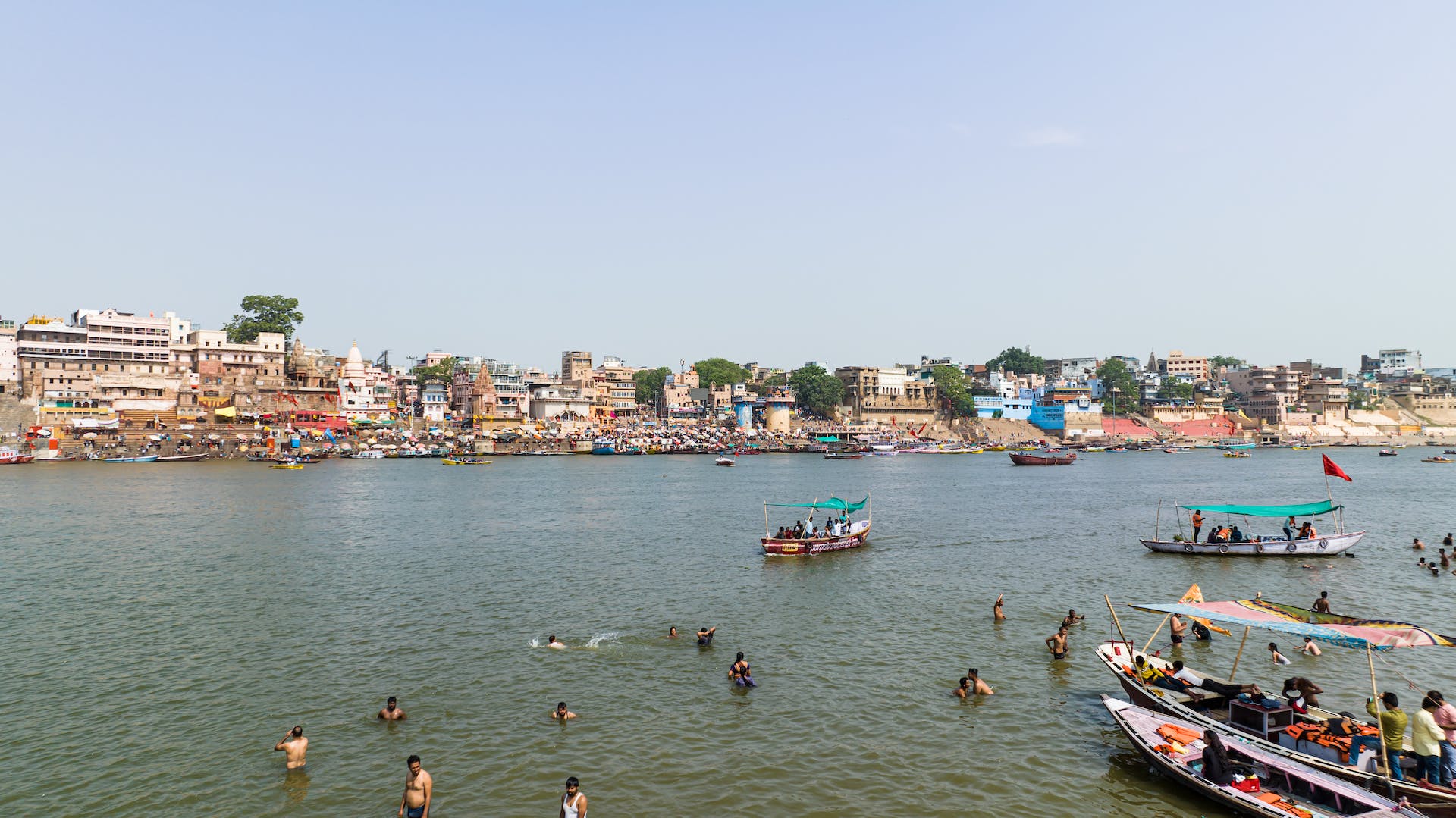
The Significance of Afternoon Bathing
Lastly, the importance of bathing in the afternoon at Manikarnika Ghat cannot be overstated. It is believed that Mata Parvati's earring fell here, hence the name Manikarnika. This ghat serves as the starting point for the Panchkroshi Yatra, a sacred pilgrimage undertaken by devotees.
In conclusion, the joint efforts of scholars and experts have shed light on the true essence and significance of Kashi's sacred sites, dispelling myths and ensuring the preservation of its rich cultural heritage.







